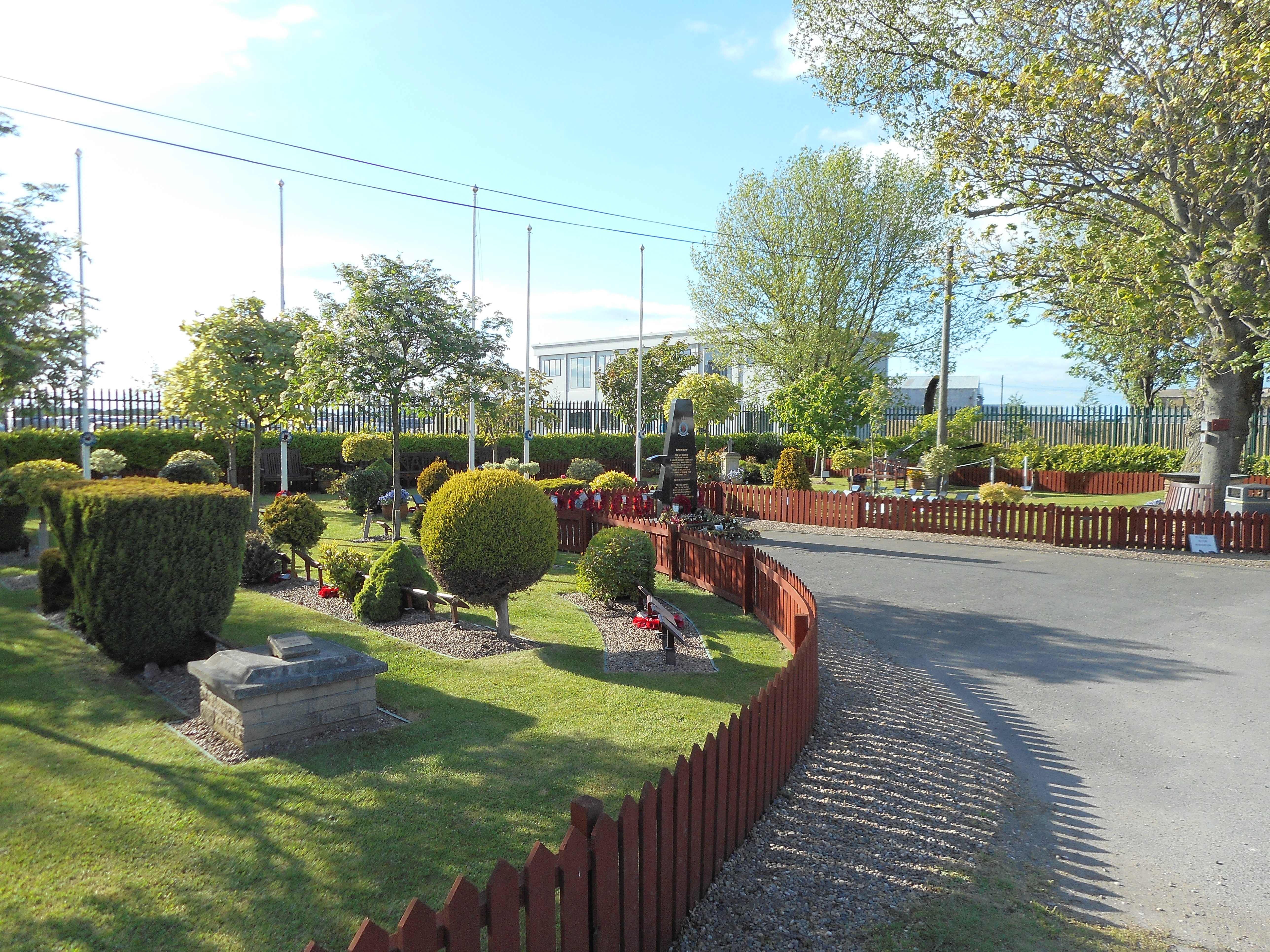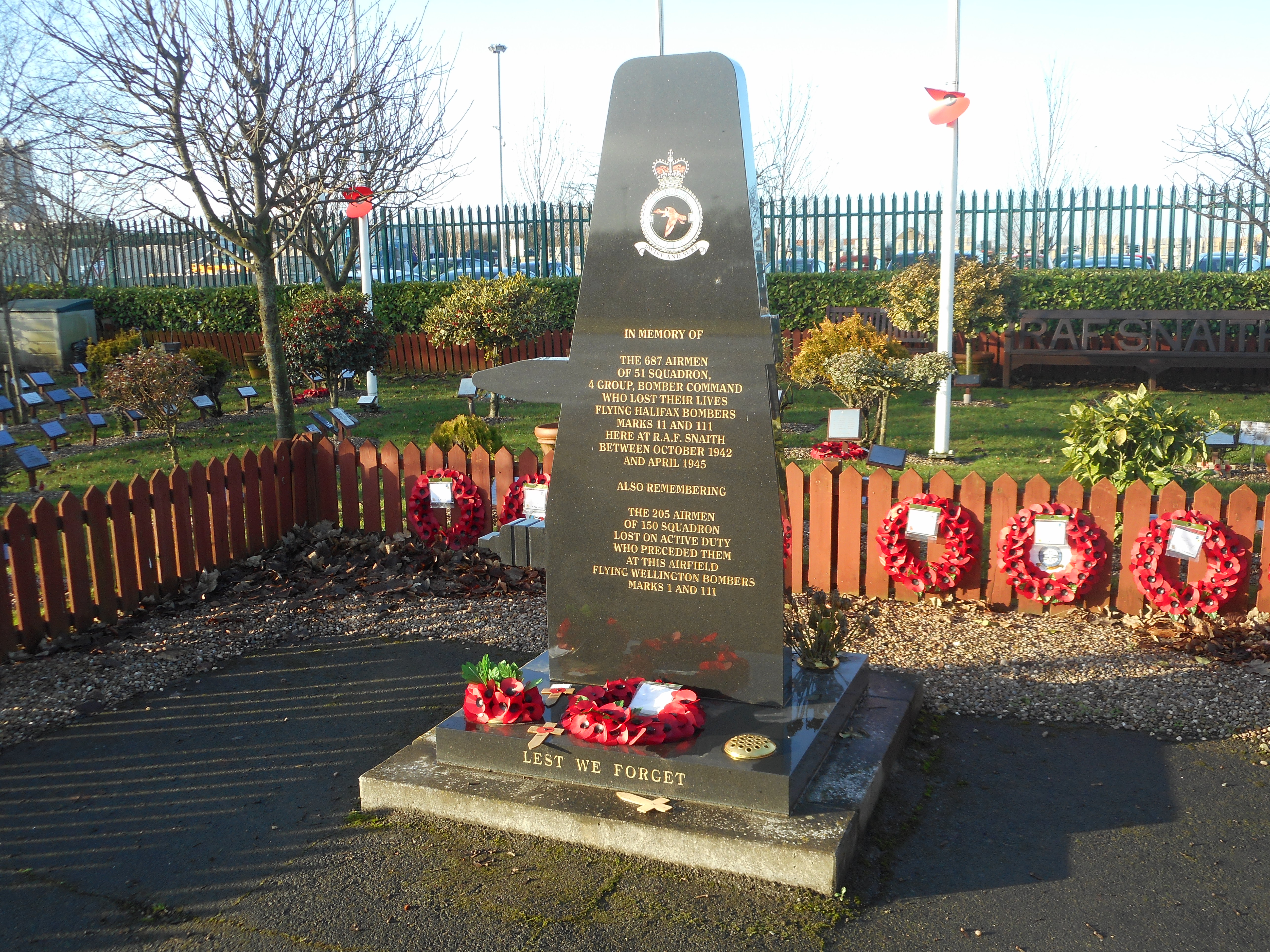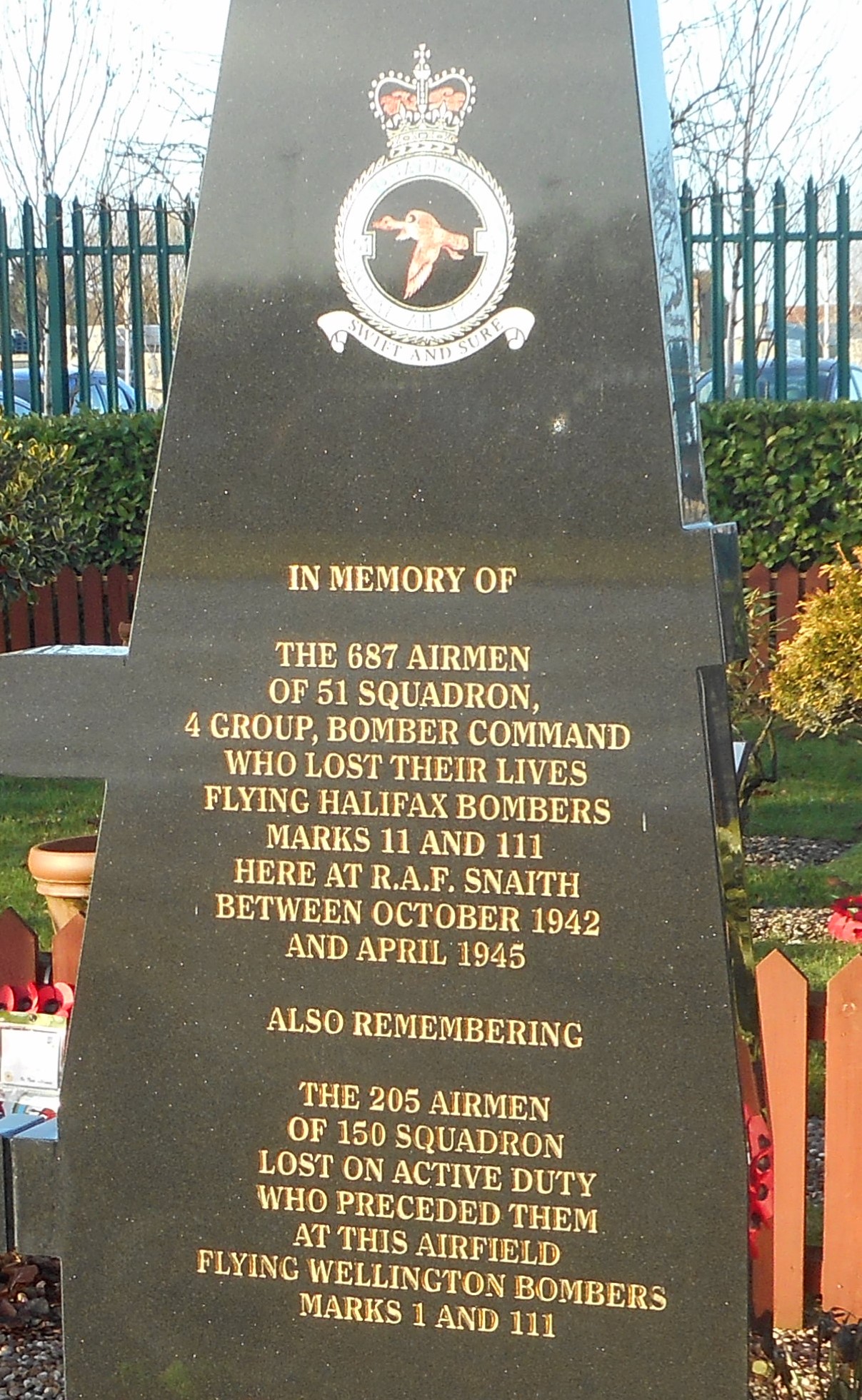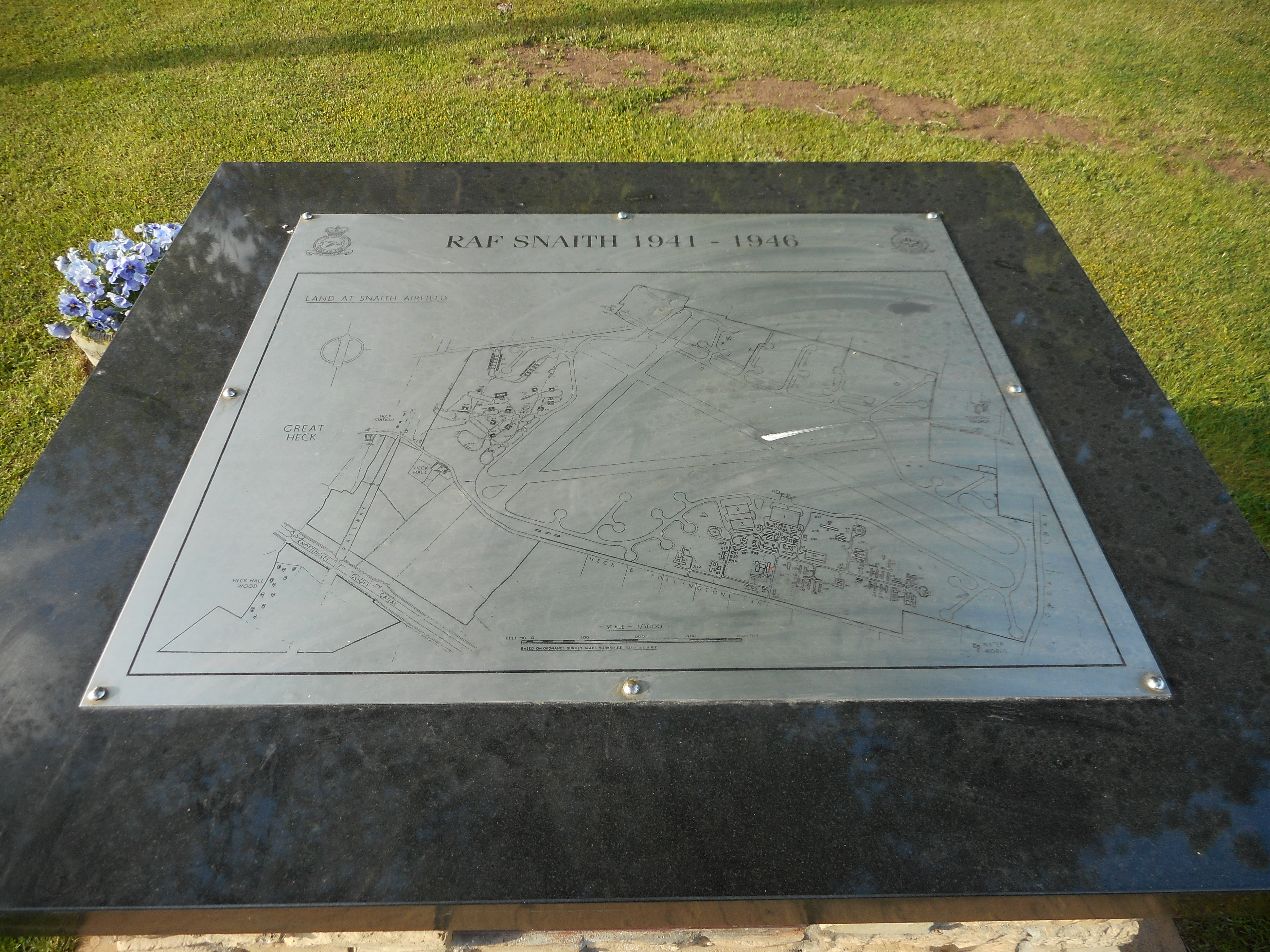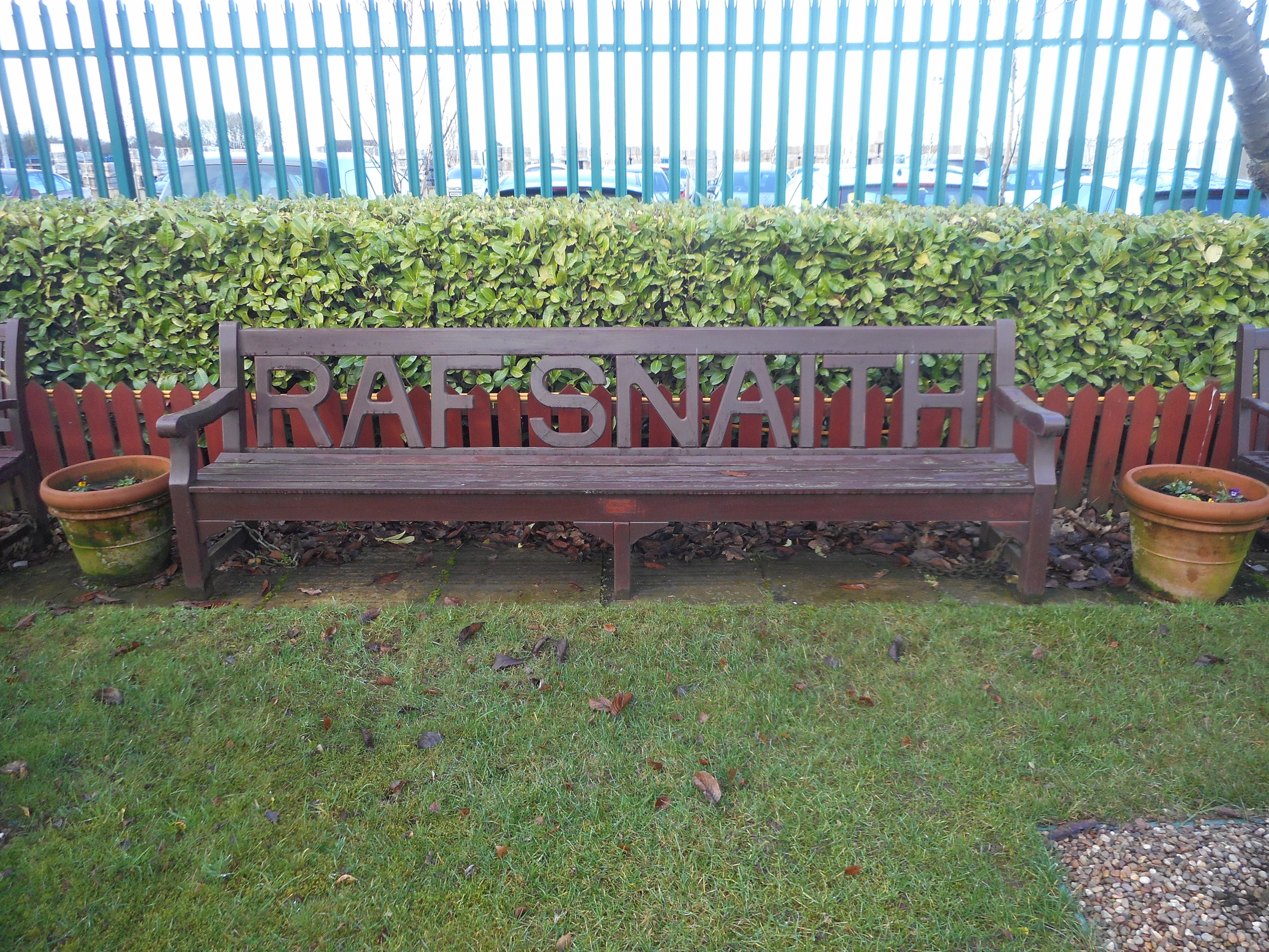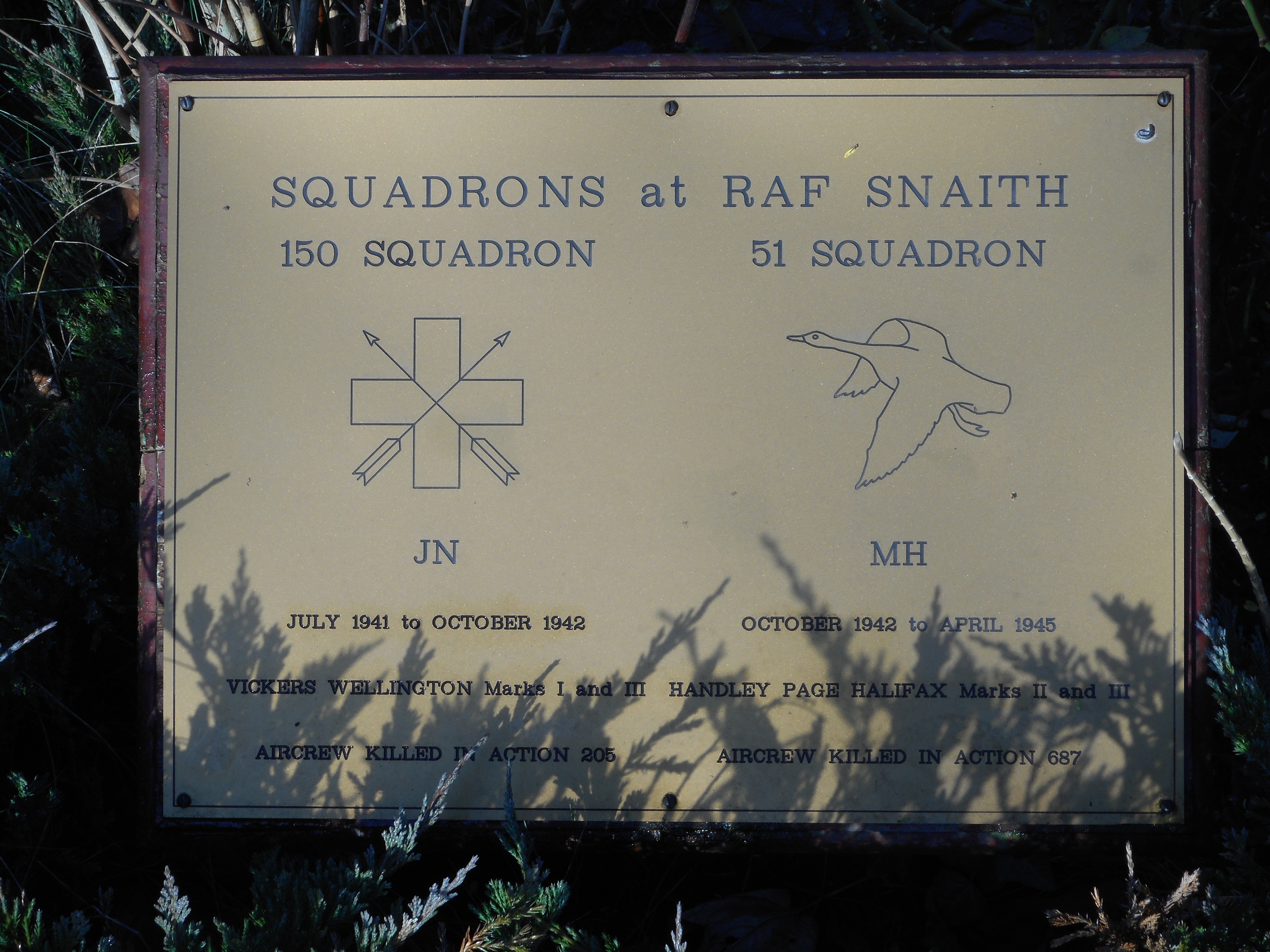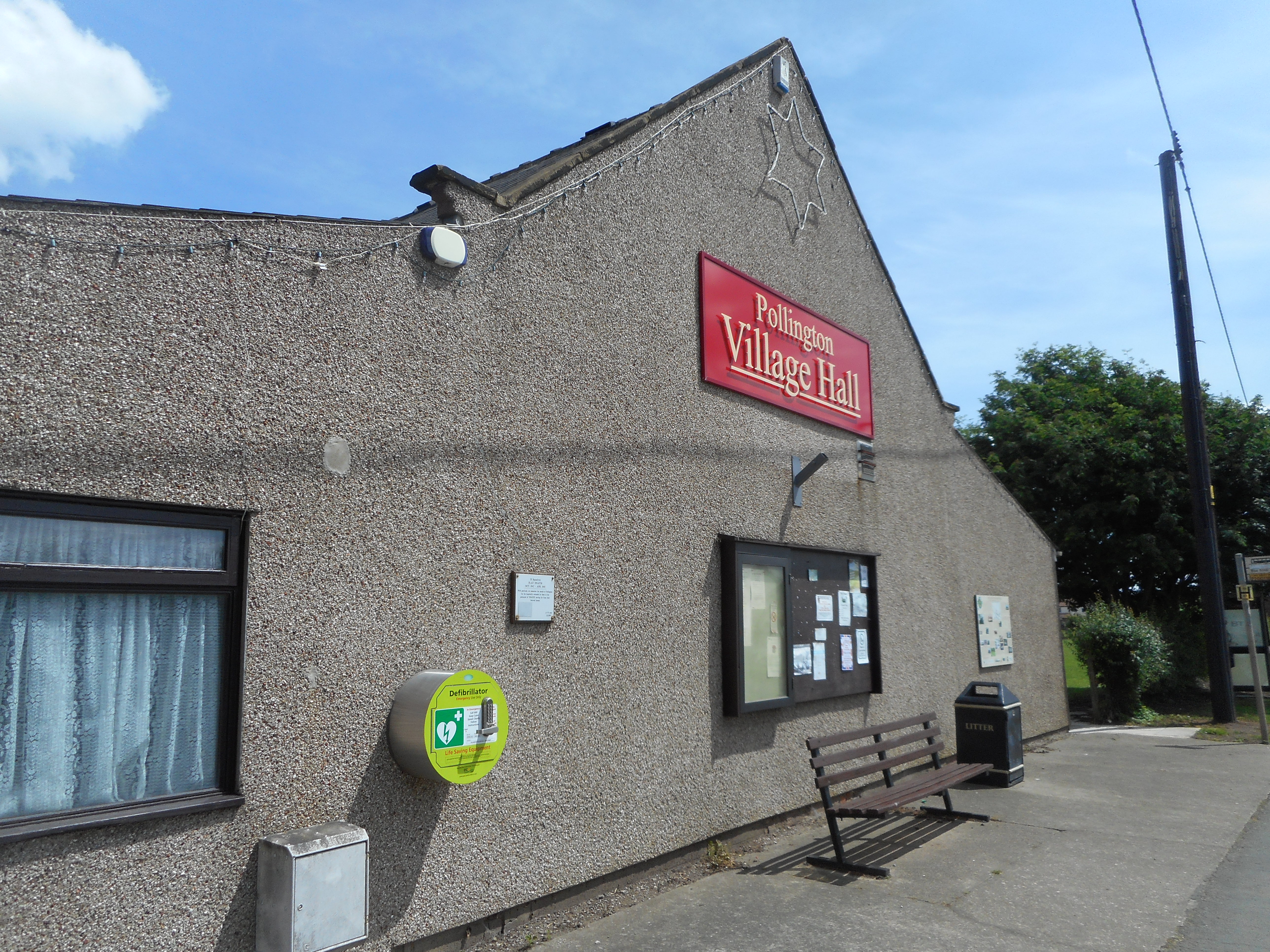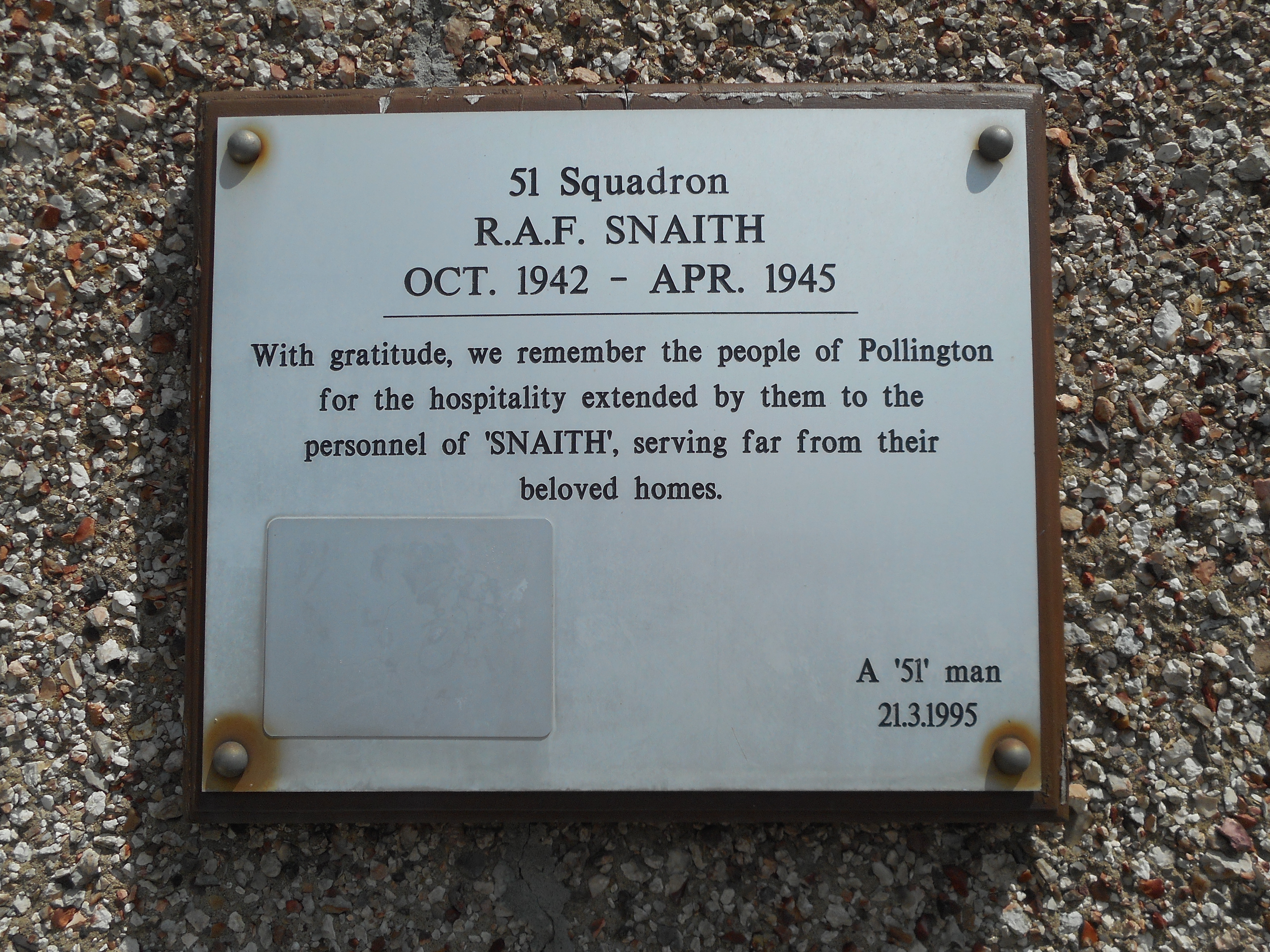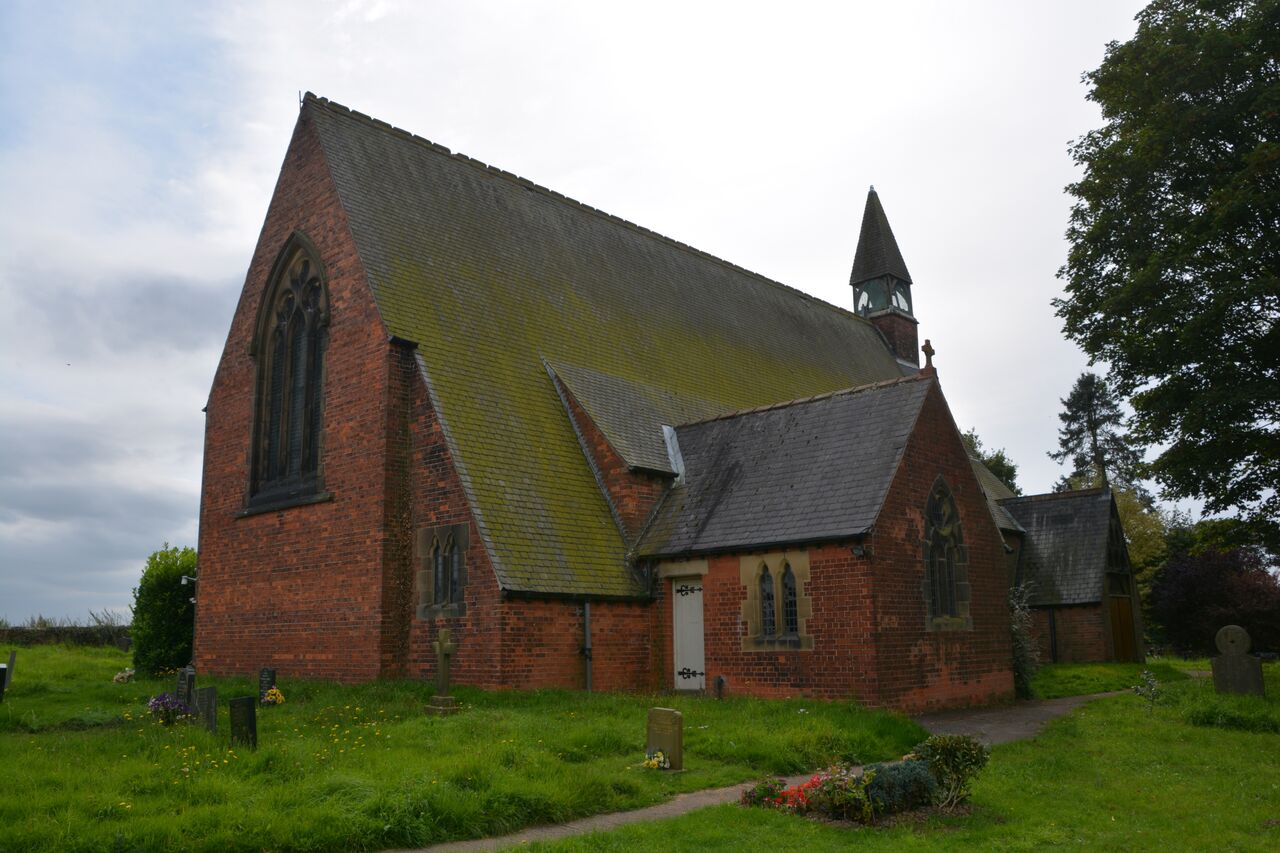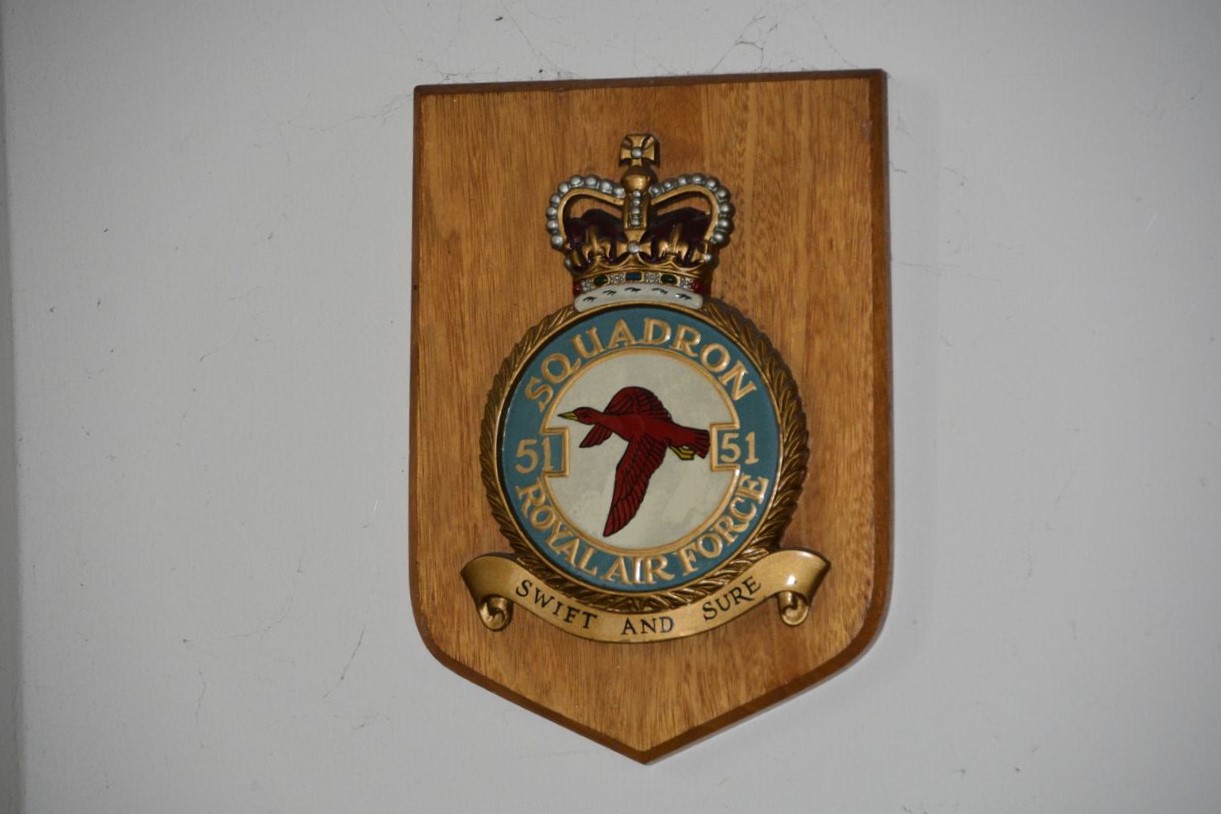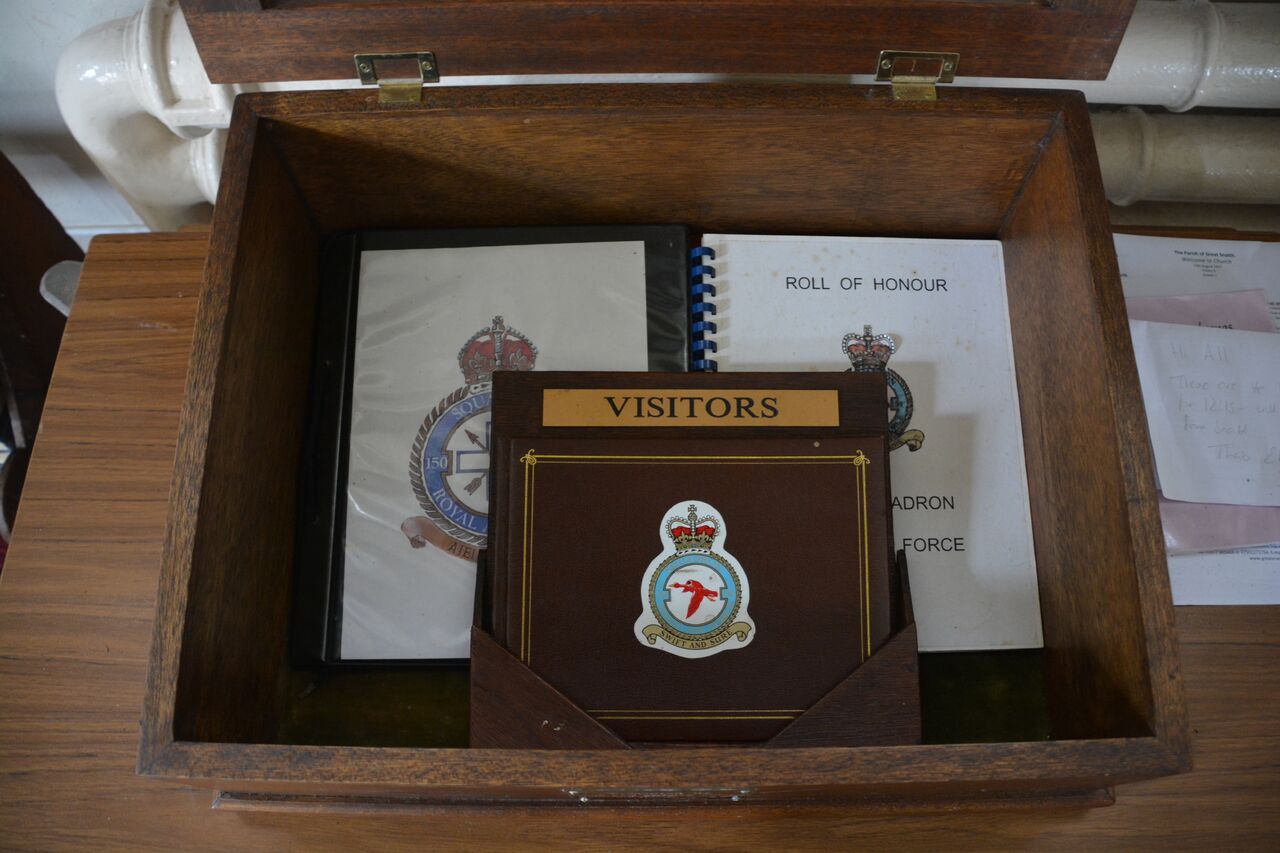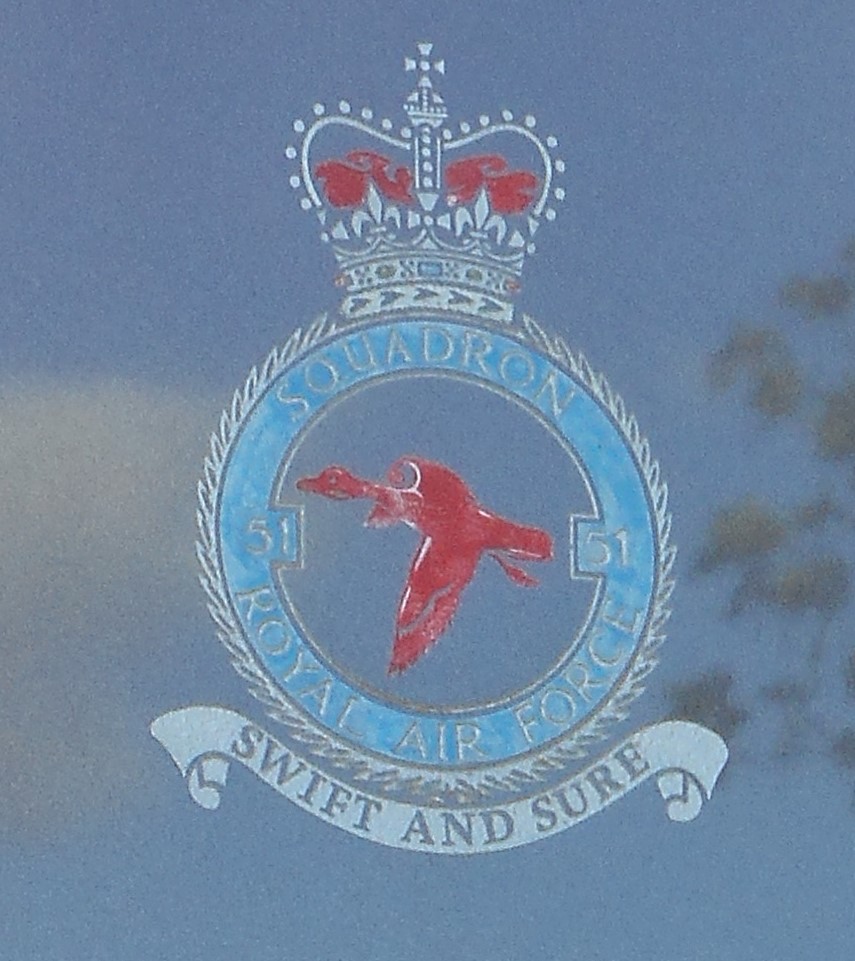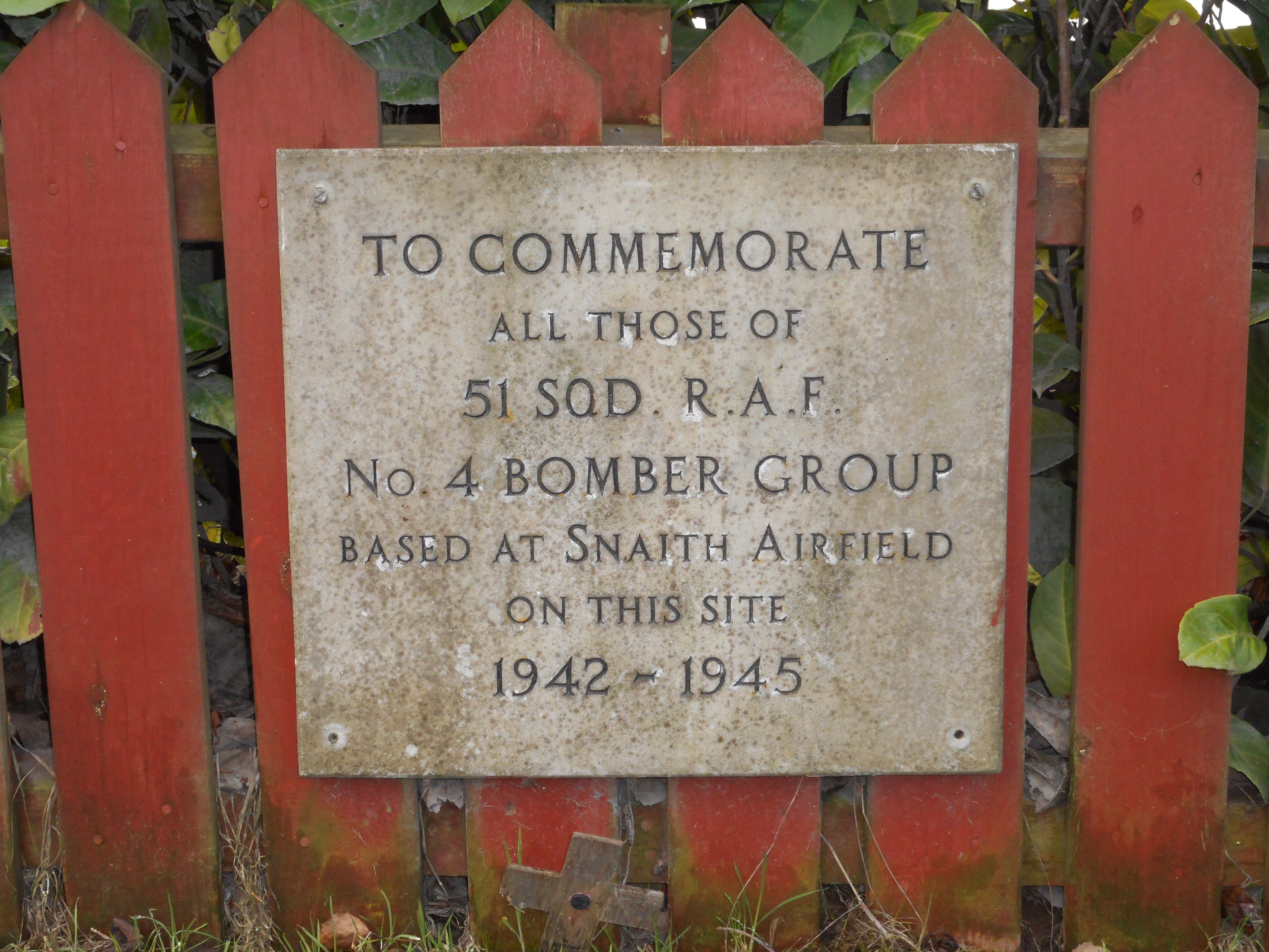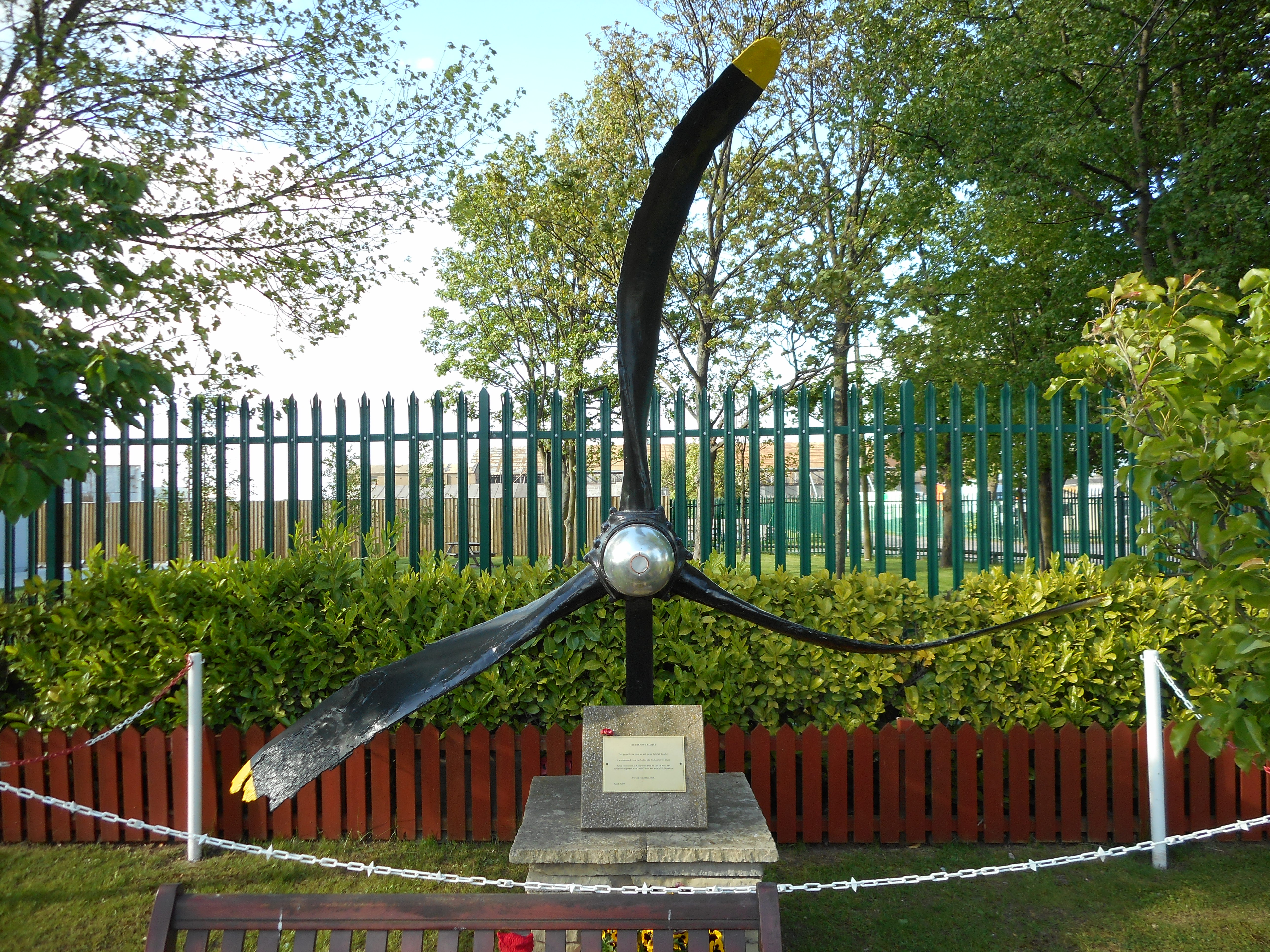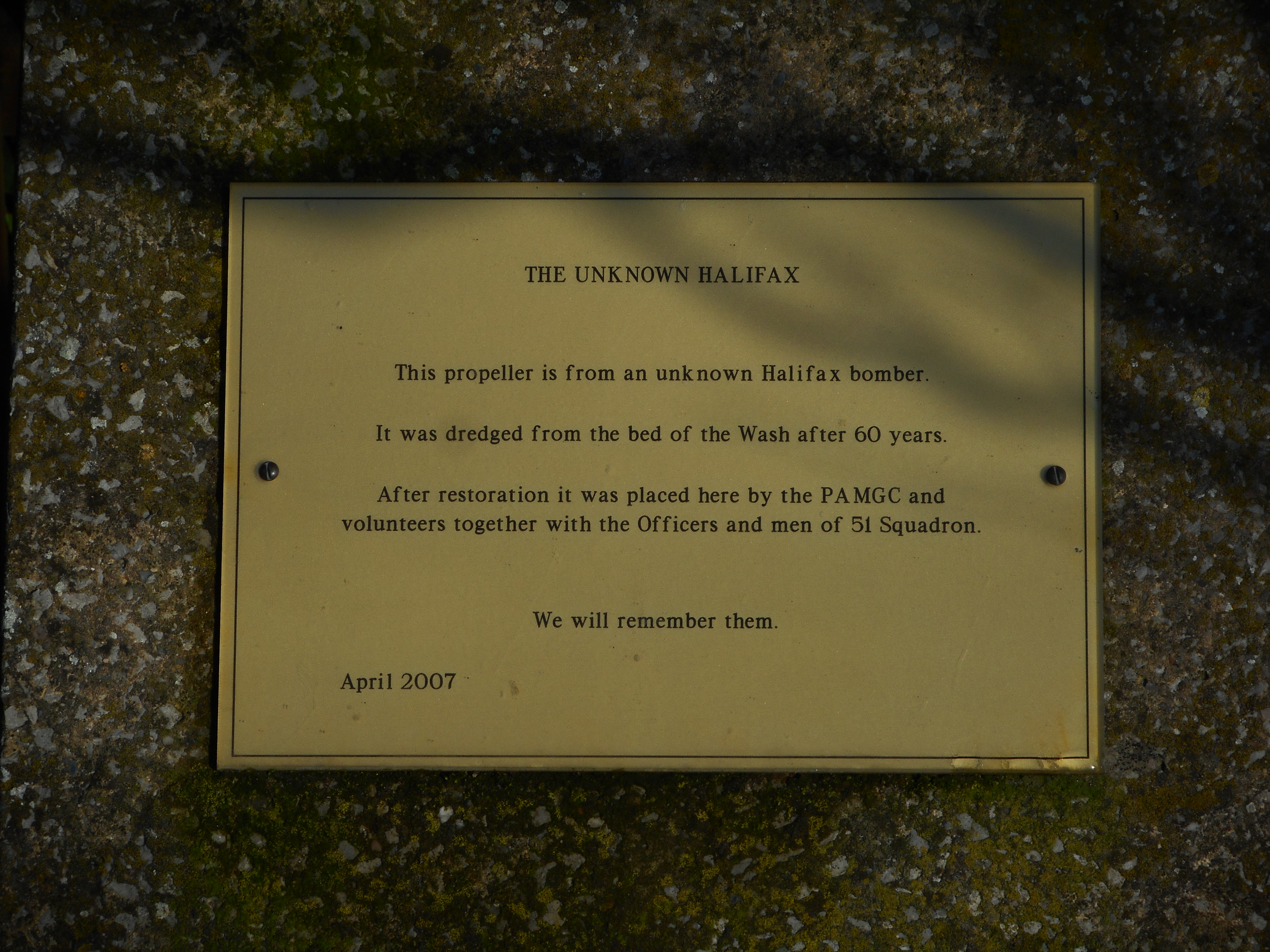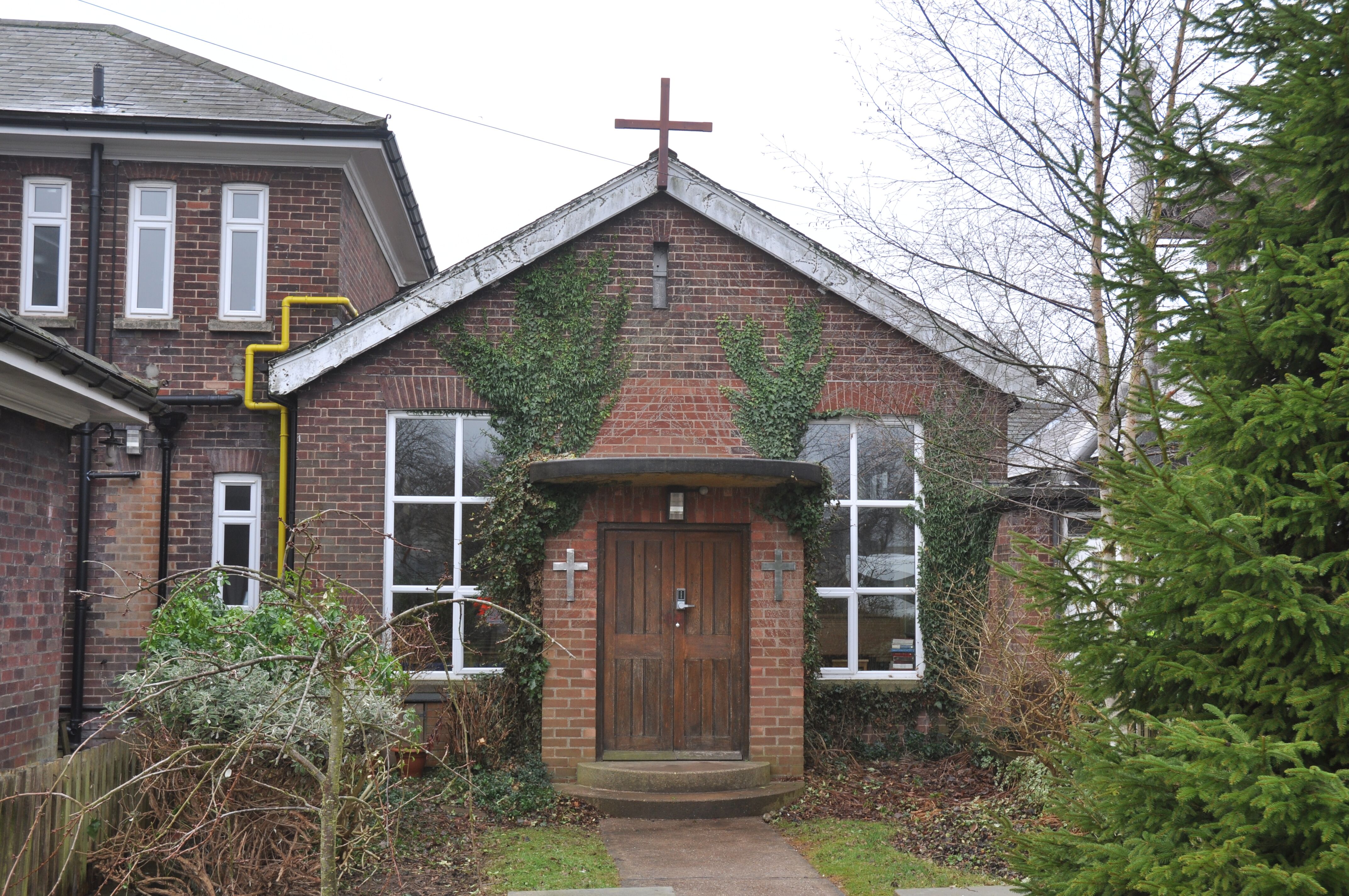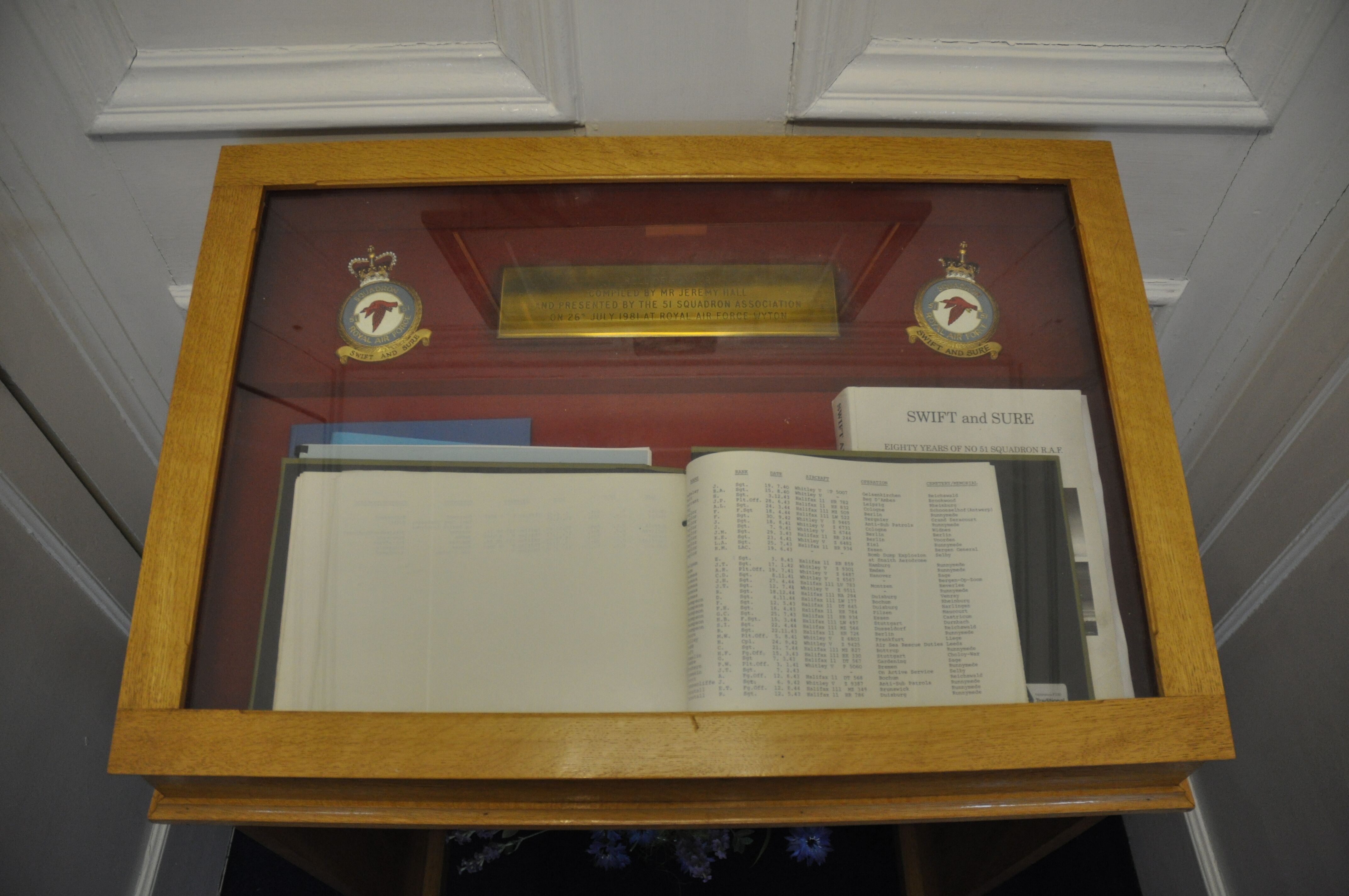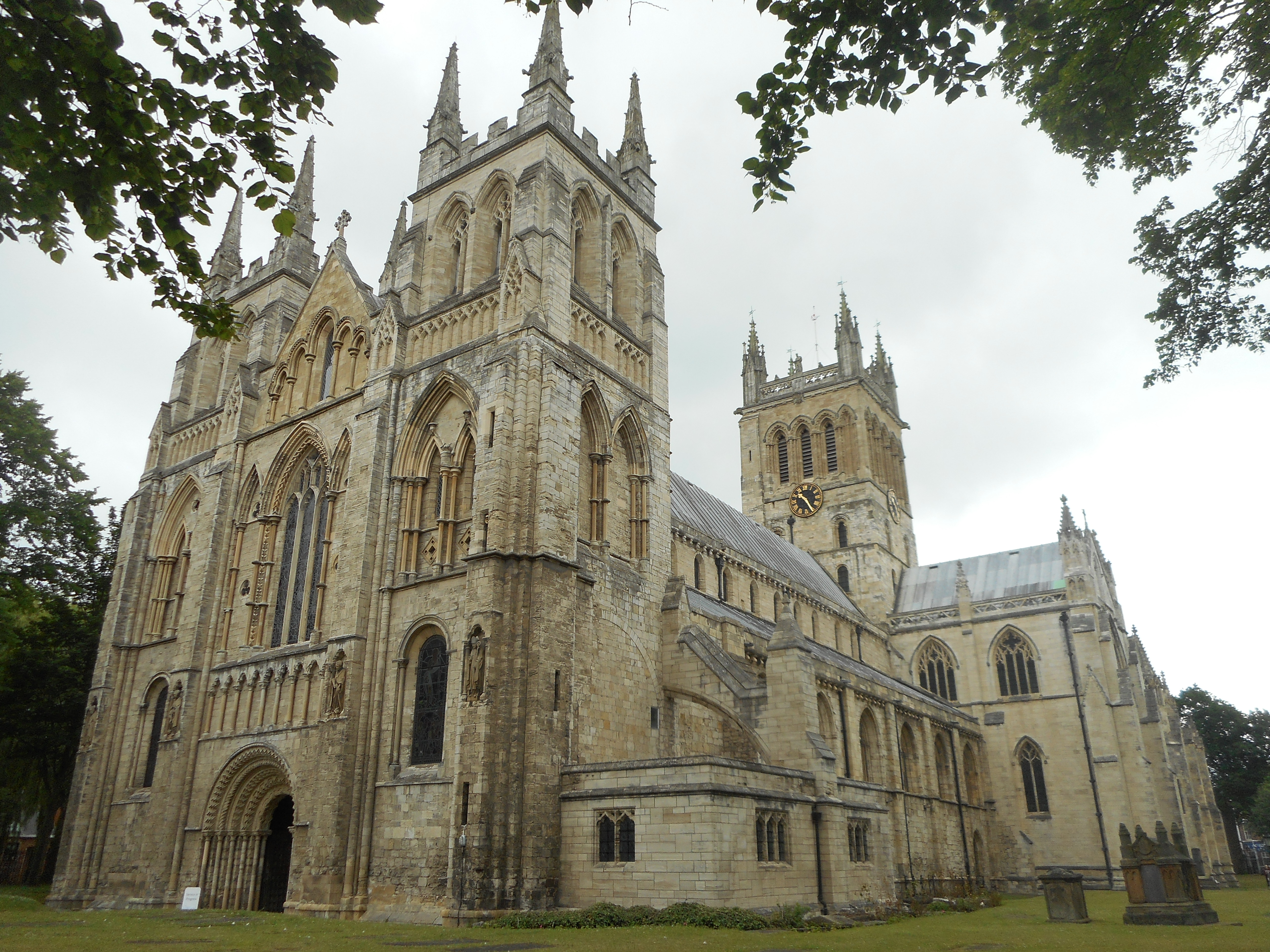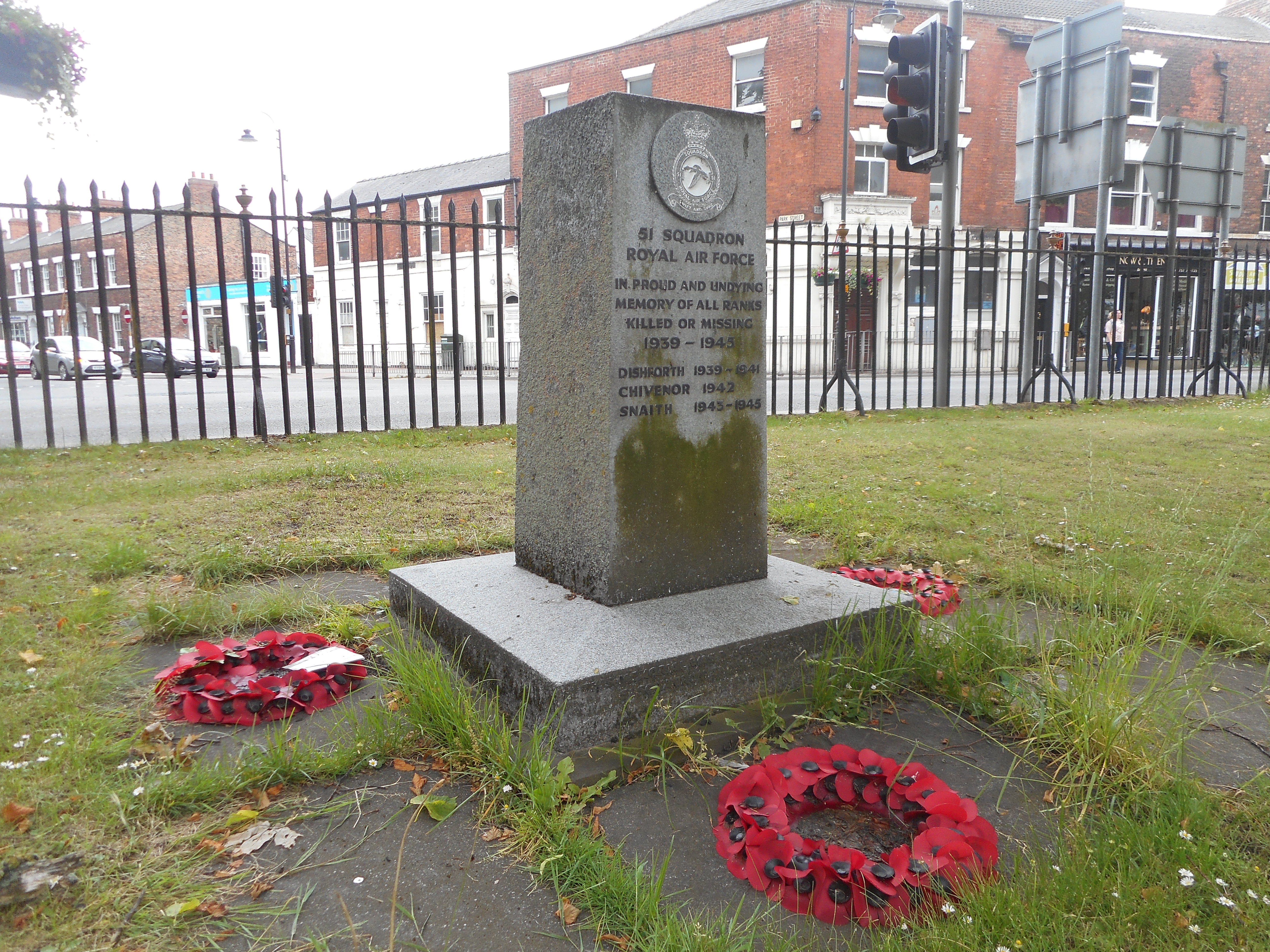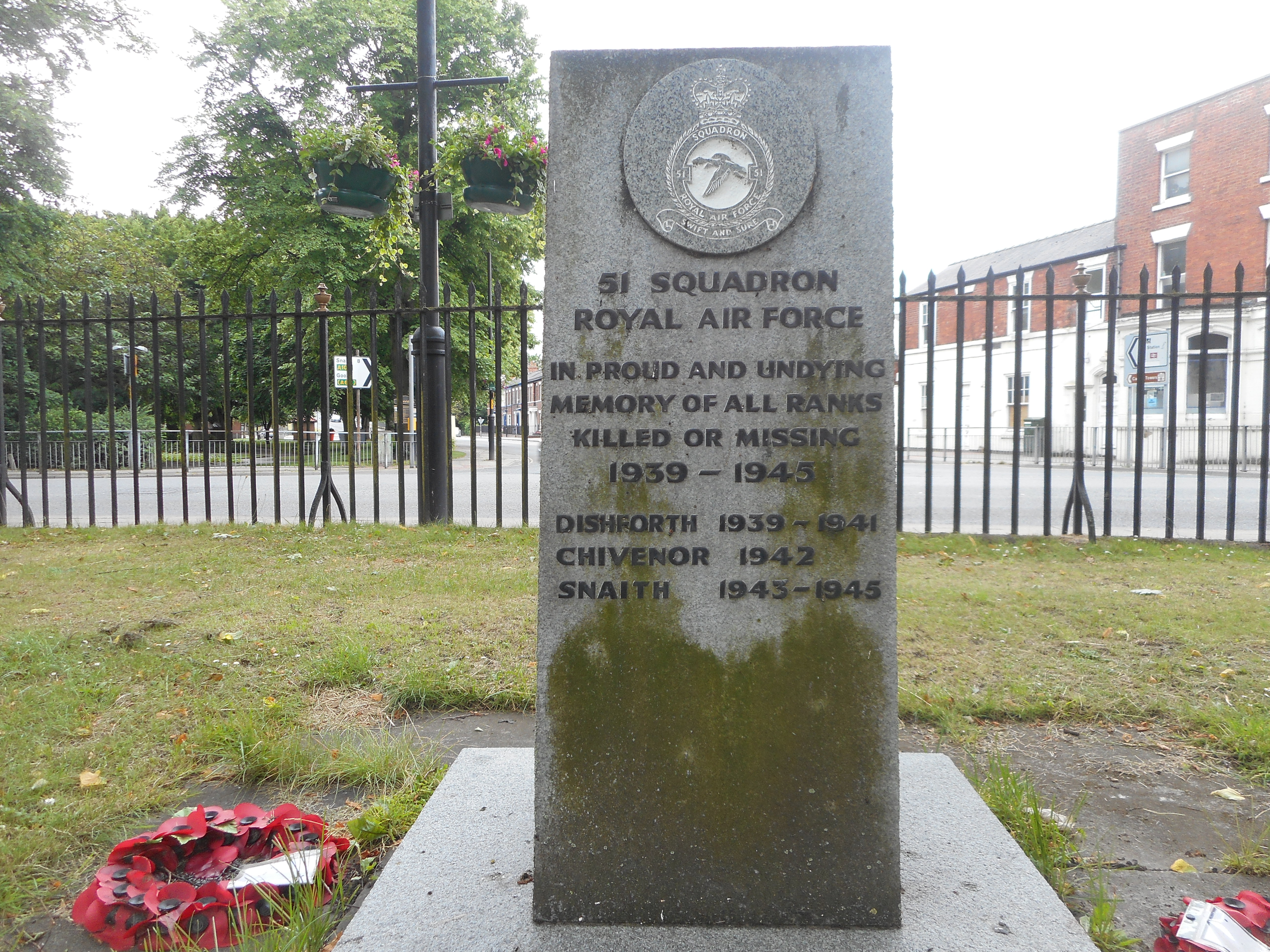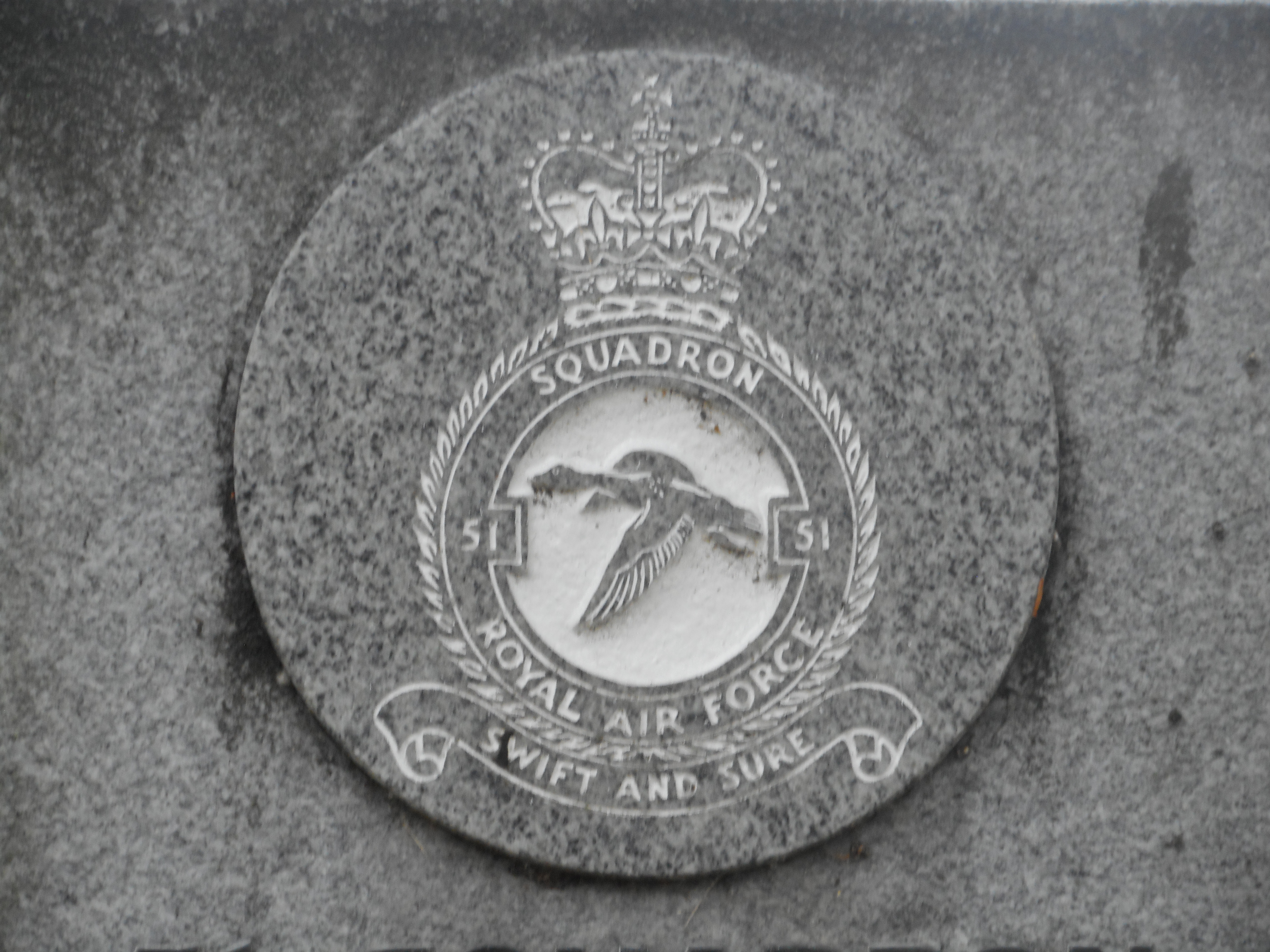Spreckley, Philip George
Personal Information
| Rank | Sgt |
| Forename(s) | Philip George |
| Surname | Spreckley |
| Gender | M |
| Age | |
| Decorations | |
| Date of Death | 12-06-1943 |
| Next of Kin | Son of Thomas George Spreckly, D.C.M., and Norah Spreckly, of Peterborough. |
Aircraft Information
| Aircraft | Handley Page Halifax II |
| Serial Number | DT742 |
| Markings | MH-Y |
Memorial Information
| Burial/Memorial Country | United Kingdom |
| Burial/Memorial Place | Peterborough (Eastfield) Cemetery |
| Grave Reference | Div. 3. Block 9. R.C. Grave 42. |
| Epitaph |
IBCC Memorial Information
| Phase | 2 |
| Panel Number | 246 |
Enlistment Information
| Service Number | 1271792 |
| Service | Royal Air Force Volunteer Reserve |
| Group | 4 |
| Squadron | 51 |
| Trade | WOp/AG |
| Country of Origin | United Kingdom |
Other Memorials
| Location | RAF Snaith Memorial Gardens, Pollington, East Yorkshire |
| Country | United Kingdom |
| Memorial Type | Inscribed Marble Monument, Bench & Metal Plaques |
| Memorial Text | In memory of the airmen of R.A.F. 51 Sqn. (687) and 150 Sqn. (205) between 1941 - 1945 |
| Location | Village Hall, Pollington, East Yorkshire |
| Country | United Kingdom |
| Memorial Type | Inscribed Metal Plaque on external wall |
| Memorial Text | 51 Sqn RAF Snaith Oct 1942 - Apr 1945 |
| Location | St. John the Baptist Church, Pollington, East Yorkshire |
| Country | United Kingdom |
| Memorial Type | Sqn Crest & Roll of Honour |
| Memorial Text | 51 Sqn Roll of Honour |
| Location | RAF Snaith Memorial Gardens, Pollington, East Yorkshire |
| Country | United Kingdom |
| Memorial Type | Inscribed Marble Monument, Multiple Inscribed Metal Plaques, Propeller Unit |
| Memorial Text | In memory of the 687 airmen of 51 Sqn, 4 Gp, Bomber Command who lost their lives flying Halifax bombers Mks 2 and 3 at RAF Snaith between October 1942 and April 1945 |
| Location | Stn Church, RAF Waddington, Lincolnshire |
| Country | United Kingdom |
| Memorial Type | Roll of Honour in Wooden Case |
| Memorial Text | Roll of Honour of 51 Sqn |
| Location | Grounds of Selby Abbey, Selby, North Yorkshire |
| Country | United Kingdom |
| Memorial Type | Inscribed Memorial Stone |
| Memorial Text | 51 Sqn RAF. In proud and undying memory of all ranks killed or missing 1939 - 1945 |
Miscellaneous Information
| Description of incident, taken from 51 Squadron Operations Record Book June 1943: Aircraft took off with a load of 2 x 1000lb G.P., 48 x 30lb and 630 x 4lb incendiaries, to deliver its attack. Shortly after take-off, the port engine developed, what is believed [to be] an internal glycol leak, overheating as it did so. The port engine was feathered, and then started again but with the same result. After flying along the Norfolk coast, captain decided to abandon the sortie and headed out to sea and jettisoned his load. In the neighbourhood of Sheringham at about 3000 feet and about ten miles out, light and heavy flak suddenly came up towards the aircraft, and crew could see a convoy with escort which they had not previously observed. They had been given no information of the fact that this convoy was in the vicinity. It was decided not to jettison the bomb load in case the convoy should sustain damage from it. Aircraft turned away, and the crew fired the colours of the period. Immediately all other ships opened up. Correct colours were again fired and all lights were put on. By this time the aircraft had been hit by flak in several places and was on fire. The petrol tank in the starboard wing was holed and the petrol caught alight, and blazed in a long trail from the aircraft wing. Aircraft was losing height rapidly, and captain again endeavoured to start the port engine, which however caught fire. By this time, the aircraft was very low and was flying along the ships balloons. Bombs were only then jettisoned, and although aircraft was only 50ft above the water and obviously going to ditch, the ships in the convoy continued to fire at it. A direct hit was sustained in the rest position, which killed the wireless operator instantly. The bomb aimer was seriously wounded in the stomach, but he did not disclose this to his crew. Ditching was successfully carried out, but the dinghy failed to release, and was only extracted with great difficulty by the mid-upper gunner, as a result of great exertion and considerable difficulty. The other members succeeded in getting the body of the wireless operator out of the aircraft, and it was not until they were all in the dinghy that the bomb aimer revealed that he had been badly wounded. A boat from a trawler in the vicinity picked them up about three quarters of an hour after ditching. At that time the Halifax was still on the surface, burning ferociously. The crew were transferred to a destroyer about an hour and a half after ditching, and landed at Harwich. It was later learned that the convoy escort had seen the aircraft in the light of its own fires, and recognised it as friendly but were unable to stop the ships of the convoy from firing. As a result of their courage and devotion to duty in this incident, both the pilot and wounded bomb aimer had been recommended for the immediate award of the DFM. |
| Incorrectly spelled on the memorial walls- should be Spreckley. CWGC list both Philip and his parents as Spreckly and IBCC have therefore followed this but in fact Philip's father was a decorated WWI veteran and is documented in a number of places as Spreckley. IBCC have been contacted by his family and advised that Spreckley is the correct spelling. The ORB lists him as Spreckley. |
The National Archives
Last Operation Information
| Start Date | 11-06-1943 |
| End Date | 12-06-1943 |
| Takeoff Station | Snaith |
| Day/Night Raid | Night (59% moon) |
| Operation | Düsseldorf. 783 aircraft. 38 losses (4.9%). PFF marking was accurate but one Mosquito inadvertently released some target indicators far from the target, confusing the main force and causing many bombs to fall in open countryside. Nevertheless, much damage was caused to the centre of Düsseldorf with at least 130 acres laid waste 1292 people were killed and 140000 people bombed out. 42 businesses that contributed to the war effort were put completely out of action and a further 35 were put on reduced output. 8 ships were sunk or damaged. |
| Reason for Loss | Hit by flak from a British shipping convoy and ditched NE of Sheringham, Norfolk |

